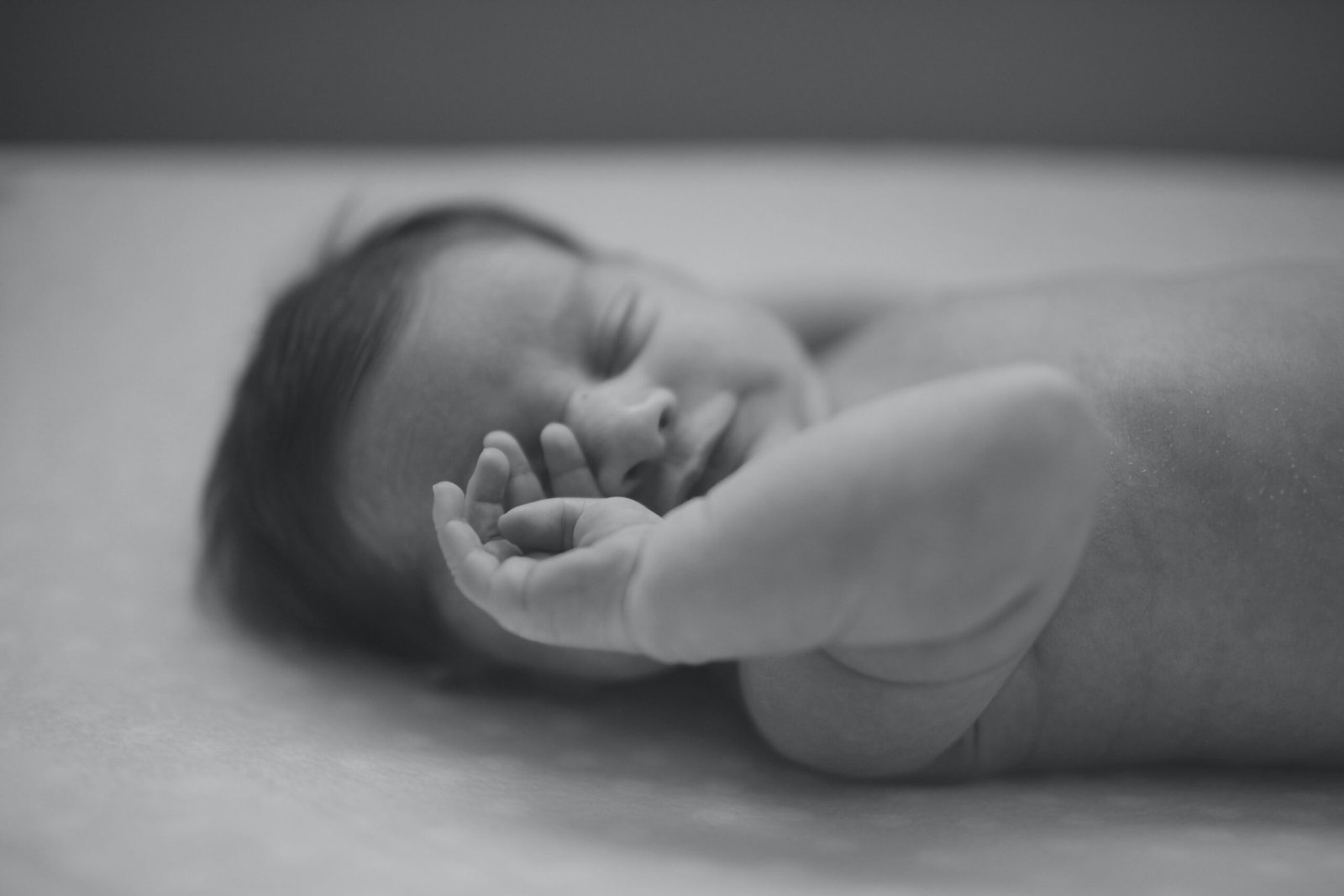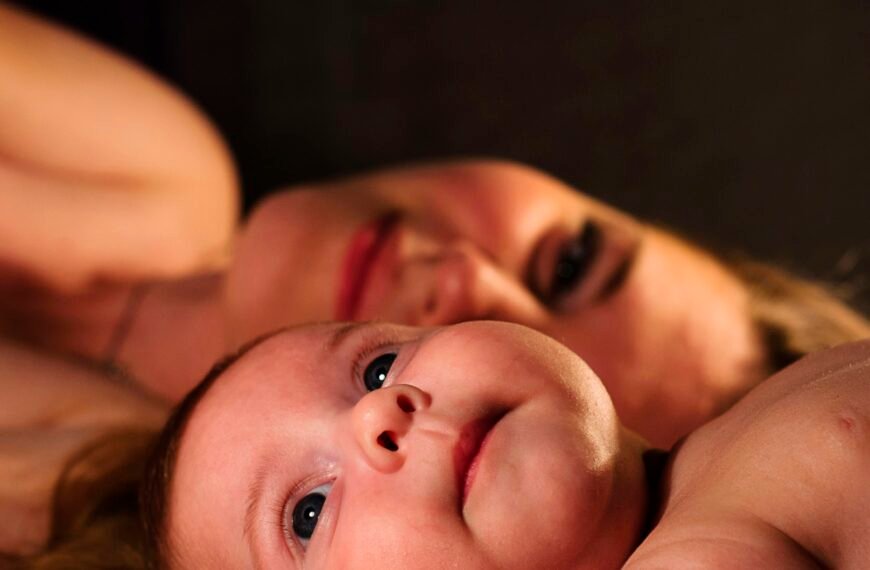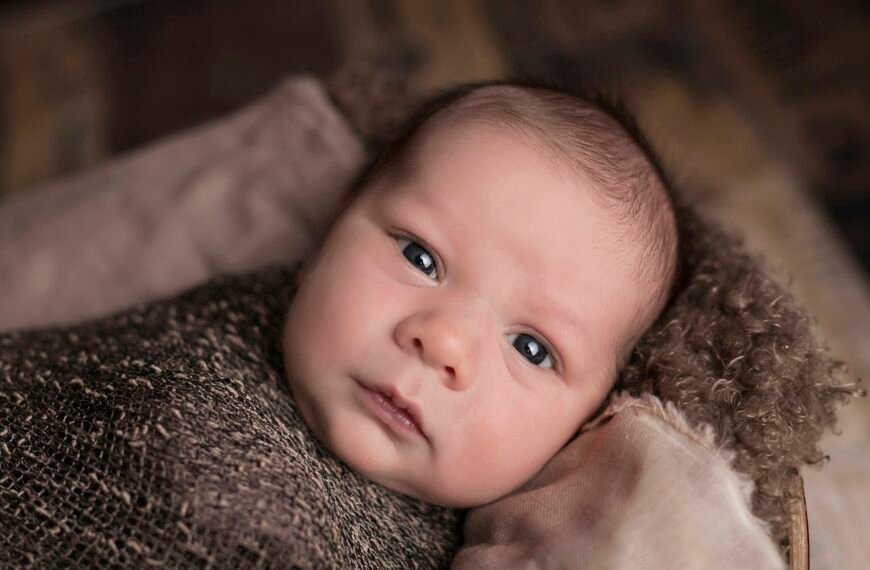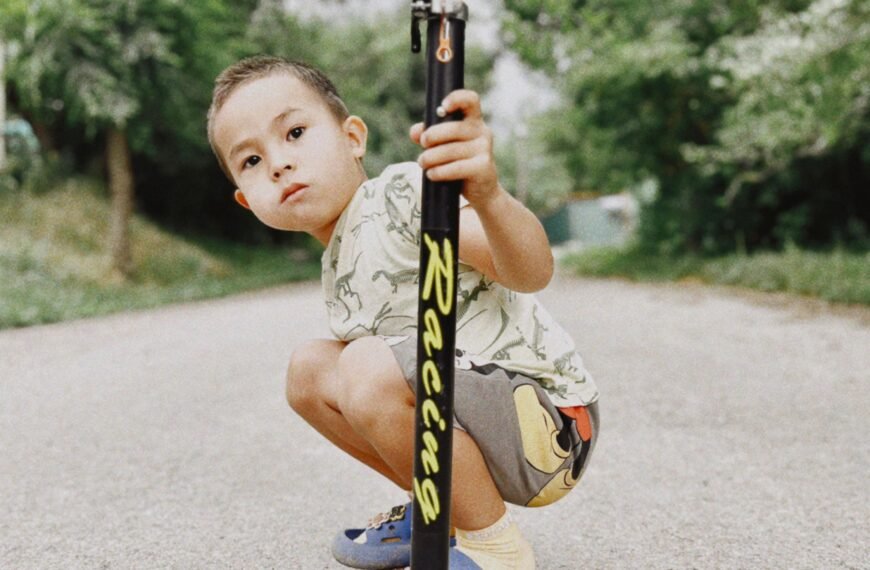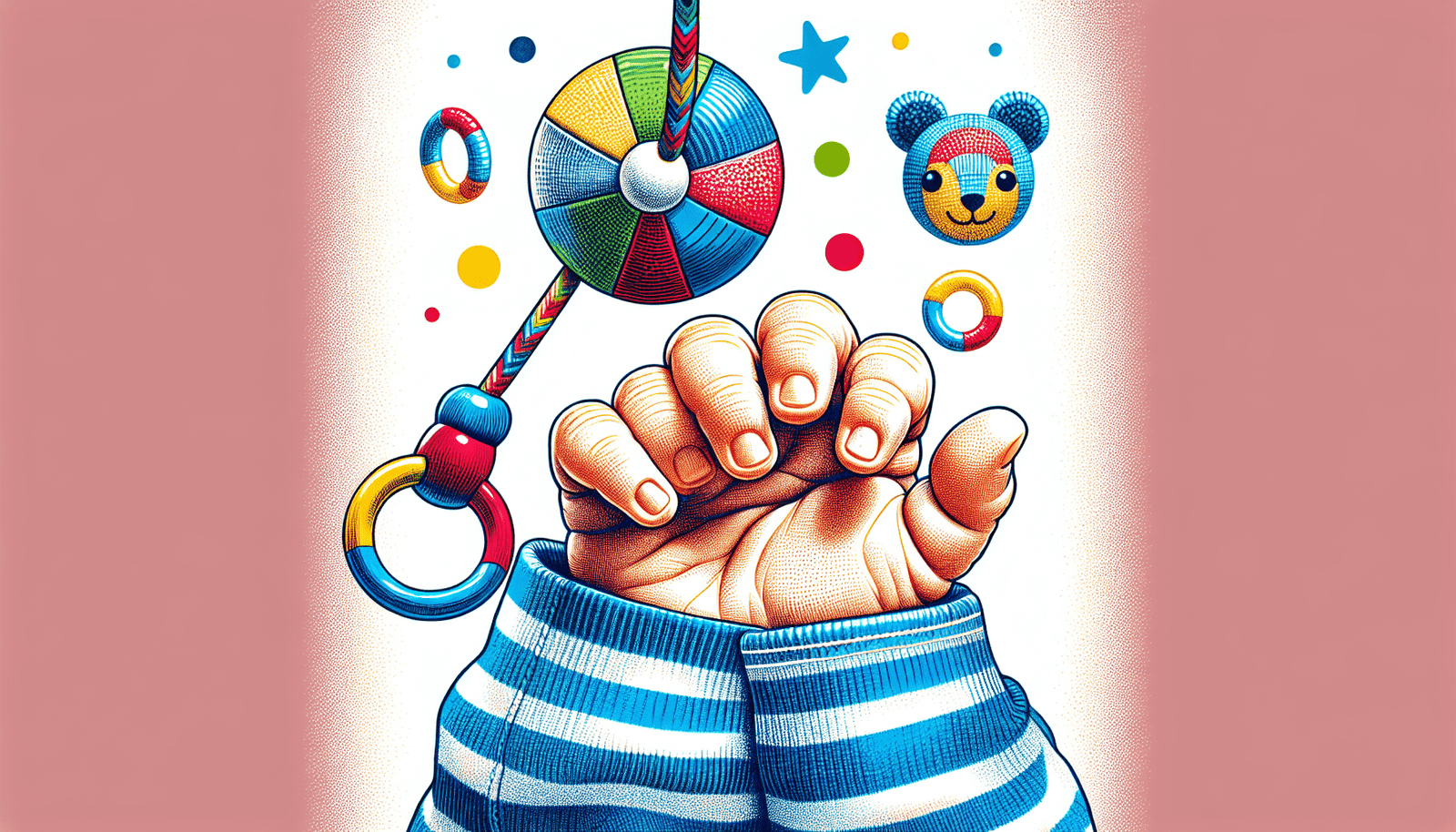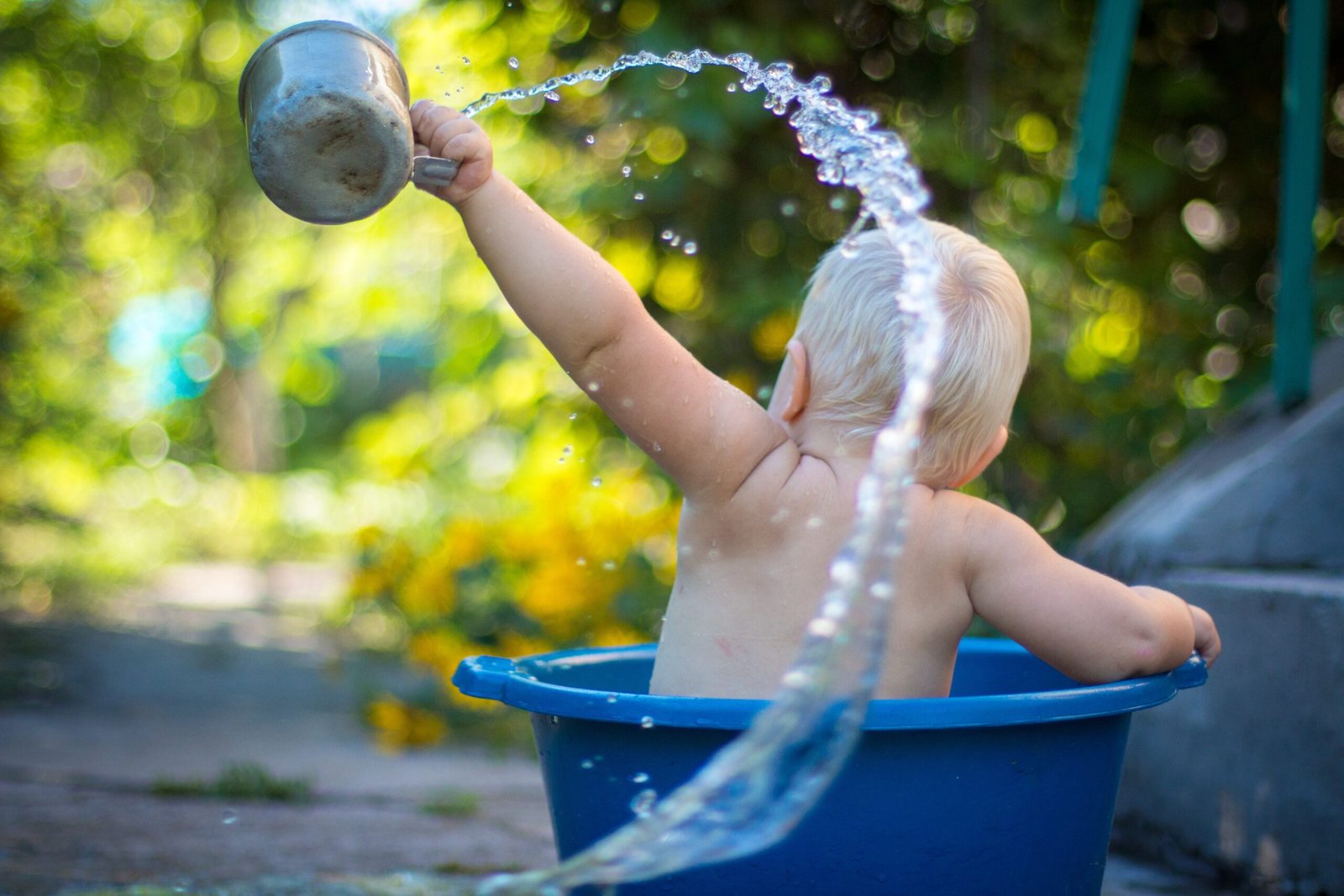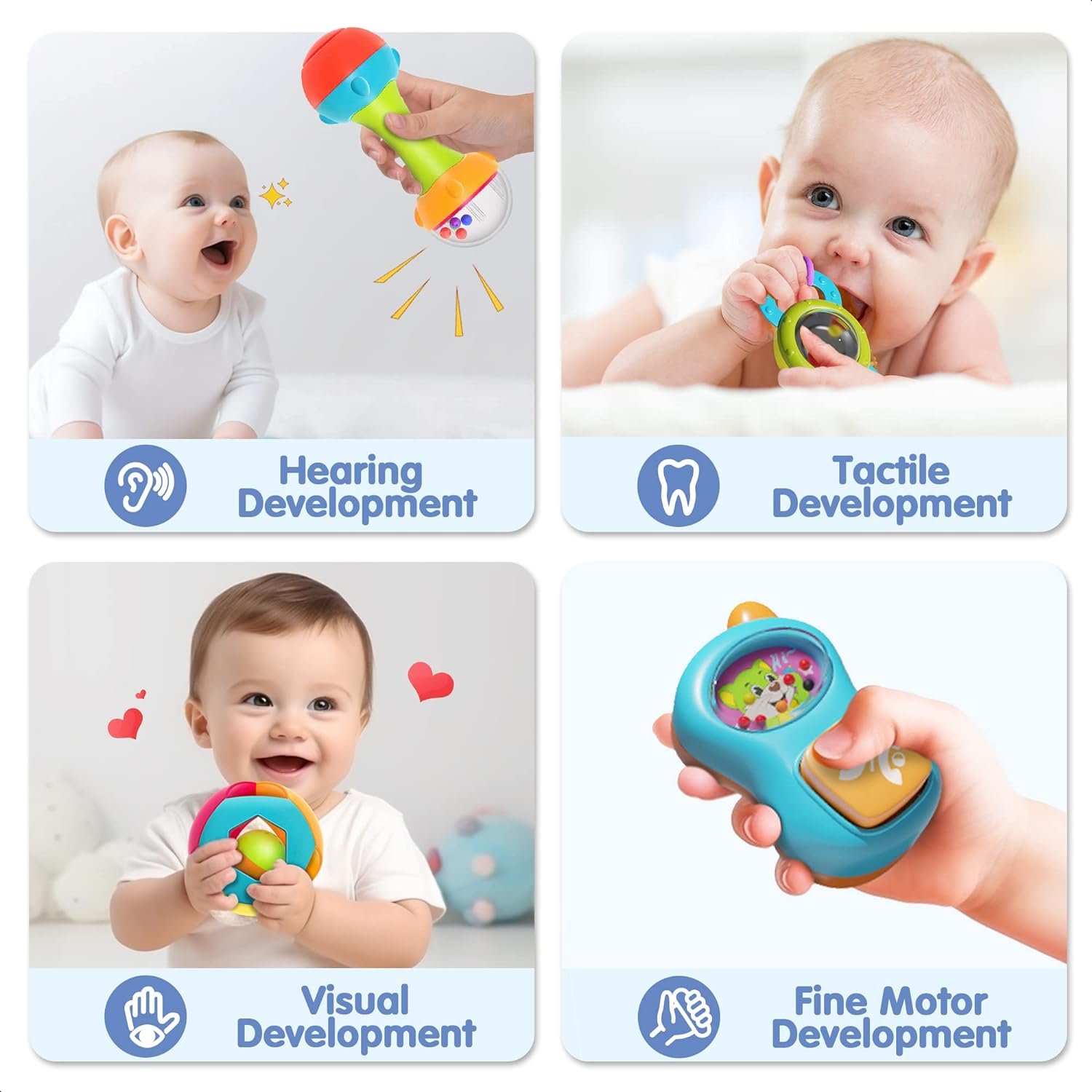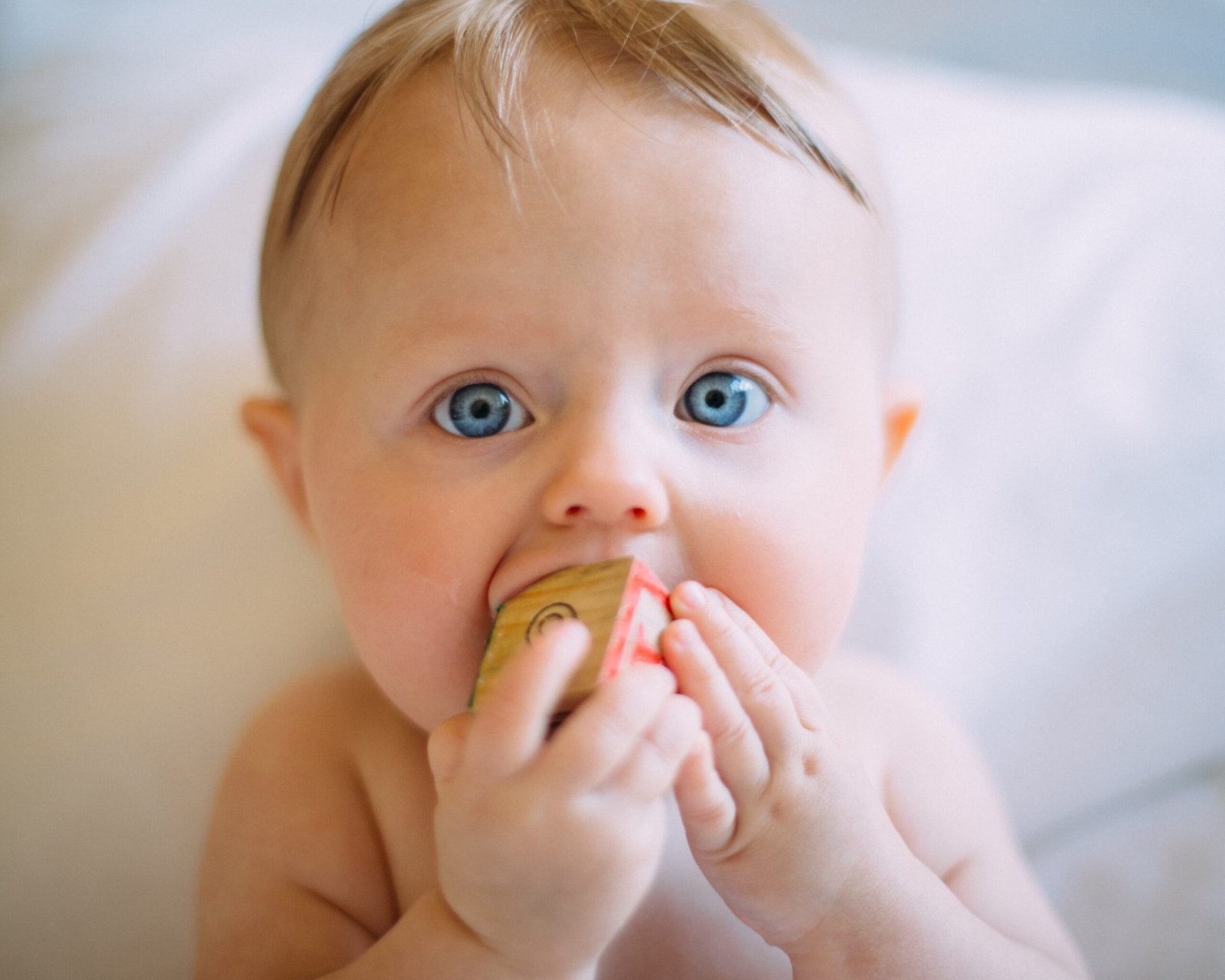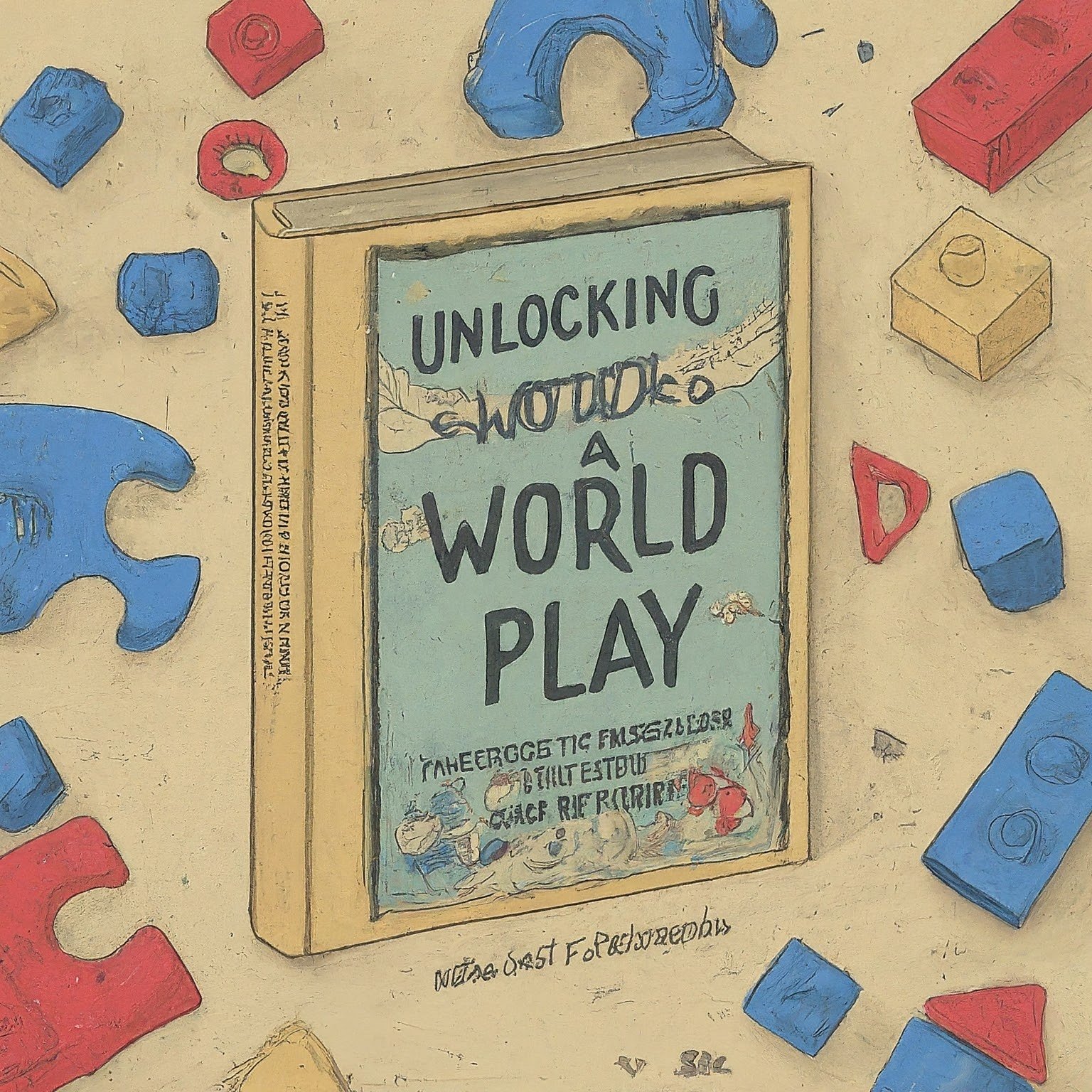In this article, we’ll explore the best methods for keeping your little one’s toys squeaky clean. We all know that babies love to explore the world around them through touch and taste, which means their toys can quickly become a breeding ground for germs. But fear not! With a few simple steps, you can ensure that your baby’s toys are sanitized and safe to play with, giving you peace of mind and your little one endless hours of joy. So let’s jump right in and discover how to properly sanitize baby toys, making your baby’s playtime a healthy and happy experience.

Check Baby Toys Guide & Review
How to Properly Sanitize Baby Toys
Why it is important to sanitize baby toys
As a parent, you want to ensure the health and safety of your child. One important aspect of maintaining their well-being is properly sanitizing their toys. Baby toys can harbor germs, bacteria, and even viruses, which can easily spread and lead to illnesses. By regularly sanitizing your baby’s toys, you can reduce the risk of infections and keep your child healthy.
When to sanitize baby toys
Sanitizing baby toys should be a regular part of your cleaning routine. It is especially important to sanitize toys after they have been shared with other children, after playdates or daycare, and when your child has been sick. Additionally, you should sanitize toys if they have been dropped on unsanitary surfaces or if they have become visibly dirty.
What materials can be sanitized
Different types of baby toys are made from various materials, and not all materials can withstand the same cleaning methods. Plastic toys, rubber toys, and bath toys are generally safe to sanitize. Soft toys, fabric toys, and plush toys can also be sanitized, but require special care. Wooden toys can be sanitized as well, but you need to be cautious to avoid damaging the wood. Electronic toys, teething toys, rattles, teethers, and sensory toys can also be cleaned, but you should carefully follow the manufacturer’s instructions.
What materials cannot be sanitized
While most baby toys can be sanitized, there are a few materials that cannot withstand certain cleaning methods. Stuffed animals with electronic components, such as those that play music or make sounds, generally cannot be submerged in water or fully sanitized. Additionally, toys with batteries that are not removable should not be submerged or sanitized with harsh chemicals. It is important to always check the manufacturer’s instructions to determine if a specific toy is safe to sanitize.
General guidelines for sanitizing baby toys
Before you begin sanitizing your baby’s toys, it is important to wash your hands thoroughly to minimize the spread of germs. You should also remove any batteries from the toys, if possible, before beginning the cleaning process. When sanitizing, use warm water and mild dish soap, or choose a cleaning agent specifically designed for baby toys. Scrub the toys gently with a sponge or cloth, paying attention to any crevices or hard-to-reach areas. Rinse the toys thoroughly and allow them to air dry completely before giving them back to your child.
Methods of Sanitizing Baby Toys
Sanitizing with soap and water
One of the most common and effective methods of sanitizing baby toys is using soap and water. This method is suitable for a wide range of toys, including plastic, rubber, bath toys, and even fabric toys. Simply fill a basin or sink with warm water and add a mild dish soap. Submerge the toys in the soapy water and scrub them gently with a cloth or sponge. Rinse the toys thoroughly with clean water and allow them to air dry.
Sanitizing with vinegar
Vinegar is a natural cleaning agent that can effectively sanitize baby toys. To use vinegar for sanitizing, create a solution of equal parts vinegar and water. Submerge the toys in the vinegar solution and allow them to soak for a few minutes. Afterward, scrub the toys gently with a cloth or sponge. Rinse the toys with clean water and allow them to air dry.
Sanitizing with bleach
Bleach is a powerful disinfectant that can be used to sanitize baby toys, particularly when dealing with serious infections or contagious illnesses. However, it is important to use bleach carefully and follow the proper dilution ratios for safety. To sanitize toys with bleach, create a solution of 1 tablespoon of bleach per gallon of water. Submerge the toys in the bleach solution for a few minutes and then rinse them thoroughly with clean water. Allow the toys to air dry completely before giving them back to your child.
Sanitizing with hydrogen peroxide
Hydrogen peroxide is another effective and safe method for sanitizing baby toys. It is particularly useful for toys that are difficult to clean using other methods, such as teething toys or toys with intricate designs. To sanitize with hydrogen peroxide, pour a small amount directly onto a clean cloth or sponge and wipe down the toys, paying attention to any hard-to-reach areas. Rinse the toys with clean water and allow them to air dry.
Sanitizing with steam
Steam is a powerful and chemical-free method for sanitizing baby toys. Using a handheld steam cleaner or a steam sterilizer designed for baby products, you can effectively kill bacteria and germs. Simply hold the steam cleaner close to each toy, ensuring all surfaces are thoroughly steamed. Be cautious and follow the manufacturer’s instructions, as some toys may not be suitable for steam sanitization.
Sanitizing with dishwasher
For baby toys that are dishwasher-safe, you can conveniently sanitize them in your dishwasher. Place the toys on the top rack of the dishwasher and run a full cycle with hot water and a mild dishwasher detergent. After the cycle is complete, remove the toys and allow them to air dry completely.
Sanitizing with UV light
UV light sanitizing devices have gained popularity in recent years, and they can effectively sanitize baby toys as well. These devices emit UV-C light, which helps kill germs, bacteria, and viruses. Simply place the toys in the UV light sanitizer and follow the manufacturer’s instructions. This method is convenient and safe, as it does not involve any harsh chemicals.
Sanitizing with alcohol
Alcohol is another effective method for sanitizing baby toys. Use a solution of 70% isopropyl alcohol and water to wipe down the toys with a cloth or sponge. This method is particularly useful for small toys, teething toys, and toys with hard surfaces. After wiping the toys with the alcohol solution, rinse them with clean water and allow them to air dry.
Using natural sanitizing solutions
If you prefer natural cleaning methods, there are several options available for sanitizing baby toys. Lemon juice, baking soda, and tea tree oil are natural ingredients that have antimicrobial properties and can effectively sanitize toys. You can create a solution using these ingredients and water, and then wipe down the toys with a cloth or sponge. Rinse the toys thoroughly with clean water and allow them to air dry.
Using commercial sanitizing products
If you prefer the convenience of commercial sanitizing products, there are many options specifically designed for baby toys. These products usually come in the form of wipes or sprays and contain gentle yet effective cleaning agents. Follow the instructions provided by the manufacturer for proper usage and ensure that the product is safe for use on baby toys.
Specific Toy Cleaning Instructions
Cleaning soft toys
Soft toys, such as plush toys or fabric toys, require special care when cleaning. Before sanitizing, check the care label on the toy for any specific instructions. If the toy is machine washable, place it in a pillowcase or laundry bag to protect it and wash it on a gentle cycle using a mild detergent. Alternatively, you can sanitize soft toys by spot cleaning with a cloth or sponge dipped in a mild soap and water solution. Rinse the toy thoroughly with clean water and allow it to air dry completely.
Cleaning plastic toys
Plastic toys are generally easy to sanitize. Start by removing any batteries or electronic components. Wipe down the toys with a cloth or sponge dipped in warm soapy water. Pay attention to any crevices or hard-to-reach areas. Rinse the toys with clean water and allow them to air dry.
Cleaning wooden toys
Wooden toys can be sanitized, but it is important to take care to avoid damaging the wood. Use a damp cloth or sponge with mild soap and water to wipe down the toys. Avoid soaking the toys, as excessive moisture can cause the wood to warp or crack. Rinse the toys with clean water and allow them to air dry. To maintain the condition of wooden toys, you can also apply a natural wood conditioner or oil occasionally.
Cleaning bath toys
Bath toys are constantly exposed to water and can easily accumulate mold or mildew. To sanitize bath toys, start by squeezing out any water or moisture from the toys. Fill a basin or sink with a solution of equal parts vinegar and water, or use mild soapy water. Submerge the toys in the solution and scrub them with a cloth or sponge. Rinse the bath toys thoroughly with clean water and allow them to air dry completely.
Cleaning electronic toys
Electronic toys require extra care when sanitizing to avoid damaging the electronic components. Before sanitizing, check the manufacturer’s instructions for specific cleaning guidelines. If the toy can be submerged, follow the recommended cleaning method, such as using soap and water or a mild cleaning solution. If the toy cannot be submerged, use a cloth or sponge dipped in a cleaning solution to wipe down the surfaces. Avoid getting excessive moisture on the electronic components. Rinse the toy with clean water, ensuring no water penetrates the electronic parts, and allow it to air dry completely.
Cleaning teething toys
Teething toys are frequently put into a baby’s mouth, so it is important to keep them clean and sanitized. Most teething toys can be sanitized using soap and water, vinegar, or a mild bleach solution. Wipe down the toy with a cloth or sponge dipped in the chosen sanitizing agent, ensuring all surfaces are thoroughly cleaned. Rinse the teething toy with clean water and allow it to air dry.
Cleaning fabric toys
Fabric toys, such as stuffed animals, can be sanitized using a few different methods. If the toy is machine washable, place it in a pillowcase or laundry bag and wash it on a gentle cycle using a mild detergent. If the toy is not machine washable, you can spot clean it by using a cloth or sponge dipped in a mixture of mild soap and warm water. Gently scrub the toy, paying attention to any soiled areas. Rinse the toy with clean water and allow it to air dry completely.
Cleaning plush toys
Plush toys, like fabric toys, can be sanitized using similar methods. Check the care label on the toy for specific washing instructions. Machine washable plush toys can be placed in a pillowcase or laundry bag and washed on a gentle cycle with a mild detergent. Non-machine washable plush toys can be spot cleaned with a cloth or sponge dipped in a mild soap and water solution. Rinse the toy thoroughly with clean water and allow it to air dry completely.
Cleaning rattles and teethers
Rattles and teethers are frequently handled by your baby and are prone to being put into their mouth. To keep these toys clean and safe, they should be regularly sanitized. Depending on the material, you can use soap and water, vinegar, or a mild bleach solution to clean rattles and teethers. Avoid using harsh chemicals or abrasive cleaning agents that can be harmful to your baby. Wipe down the toys with a cloth or sponge dipped in the chosen sanitizing agent. Rinse the toys thoroughly and allow them to air dry.
Cleaning sensory toys
Sensory toys, such as those with different textures, sounds, or lights, can be cleaned using various methods. Check the manufacturer’s instructions for any specific cleaning guidelines. Sensory toys that can be submerged can be sanitized using soap and water, vinegar, or a mild cleaning solution. Wipe down the toys with a cloth or sponge, paying attention to any intricate parts or crevices. Rinse the toys thoroughly with clean water and allow them to air dry completely.
Additional Tips for Sanitizing Baby Toys
Removing batteries before sanitizing
Before sanitizing any toys, it is important to remove any batteries, if possible. Excessive moisture or contact with cleaning agents can damage the batteries or the toy’s electronic components.
Checking labels for cleaning instructions
Always check the care labels or manufacturer’s instructions on your baby’s toys. Some toys may have specific cleaning instructions or precautions that you need to follow to avoid damaging the toy or compromising its safety.
Avoiding harsh chemicals
When sanitizing baby toys, it is crucial to avoid using harsh chemicals that can potentially be toxic or harmful to your child. Stick to gentle cleaning agents, such as mild dish soap, vinegar, or commercially available baby toy sanitizers.
Properly drying toys after sanitizing
After sanitizing your baby’s toys, ensure that they are thoroughly dried before giving them back to your child. Moisture can promote the growth of mold, mildew, or bacteria, which defeats the purpose of sanitizing.
Disinfecting shared toys
If your baby shares toys with other children, it is essential to regularly disinfect these toys to prevent the spread of germs and infections. Consider a more frequent sanitizing schedule for toys that are frequently shared or if your child has been sick.
Regular cleaning and maintenance
In addition to regular sanitizing, it is important to incorporate general cleaning and maintenance into your routine. Regularly wipe down toys with a damp cloth or sponge to remove any surface dirt or grime. This helps prevent the buildup of germs and bacteria.
Storing toys in a clean and safe manner
Proper storage of toys is important to maintain their cleanliness and safety. After sanitizing, store toys in a clean and dry area, preferably in a designated toy bin or storage container. Avoid storing toys in damp or dirty areas, as this can encourage the growth of mold or bacteria.
Teaching kids about hygiene and toy cleaning
As your child grows, it is important to involve them in the process of toy cleaning and teach them about good hygiene habits. Explain the importance of keeping toys clean and demonstrate how to properly sanitize them. Encourage your child to wash their hands before and after playing with toys to minimize the spread of germs.
Considering eco-friendly toy cleaning options
If you prefer eco-friendly cleaning options, there are various natural methods and products available for sanitizing baby toys. Look for cleaning agents that are biodegradable, free from harsh chemicals, and safe for the environment.
Seeking professional help for sensitive toys
Some baby toys, especially those with delicate materials or intricate designs, may require professional cleaning if they cannot be sanitized using household methods. If you are unsure about how to properly clean or sanitize a specific toy, consider seeking professional help to ensure its safety and longevity.

Preventing the Spread of Germs and Infections
Handwashing before and after toy handling
One of the most effective ways to prevent the spread of germs and infections is by practicing proper hand hygiene. Before and after handling your baby’s toys, make sure to wash your hands thoroughly with soap and water for at least 20 seconds. This helps remove any bacteria or germs that may be present on your hands.
Avoiding sharing toys when a child is sick
If your child is sick or showing symptoms of illness, it is important to avoid sharing their toys with other children. Illnesses can easily spread through toys, so it’s best to keep them separate until your child has fully recovered.
Keeping sick children away from toys
Similarly, if your child is sick, it is important to keep them away from their toys to prevent contamination. This helps minimize the spread of germs and prevents other children from getting sick.
Regularly disinfecting high-touch surfaces
Aside from toy sanitizing, it is important to regularly disinfect high-touch surfaces and areas in your home. These include doorknobs, light switches, countertops, and play areas. This helps reduce the overall risk of infections and keeps your home a cleaner environment for your child.
Encouraging proper respiratory etiquette
Teach your child proper respiratory etiquette, such as covering their mouth and nose when coughing or sneezing. This helps prevent the spread of germs and reduces the risk of respiratory illnesses.
Teaching kids to cover mouth and nose
Educate your child about the importance of covering their mouth and nose when they cough or sneeze. Encourage them to cough or sneeze into their elbow or a tissue to prevent the spread of germs.
Practicing good hygiene habits
In addition to proper toy cleaning, practicing good hygiene habits is crucial in preventing the spread of germs and infections. Teach your child to regularly wash their hands, avoid touching their face, and maintain cleanliness in their surroundings.
Conclusion
Properly sanitizing your baby’s toys is essential for maintaining their health and preventing the spread of germs and infections. By following the outlined methods, tips, and guidelines, you can ensure that your baby’s toys are safe, clean, and ready for play. Remember to regularly sanitize the toys, teach your child about hygiene habits, and practice proper disinfection techniques to create a cleaner and healthier environment for your little one.

